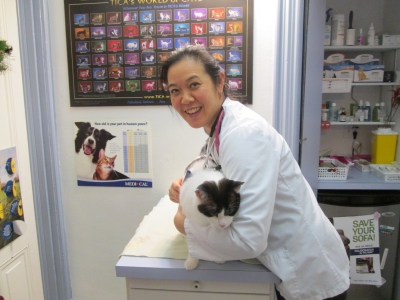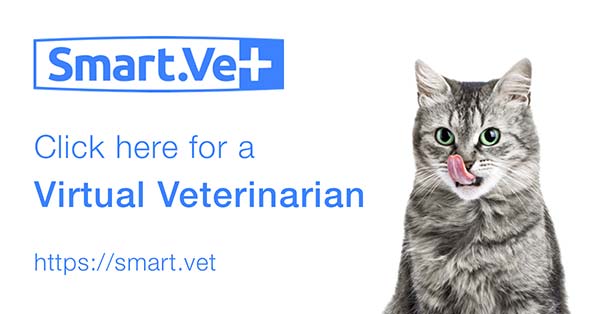DIET
We recommend a high protein, low carbohydrate canned food for your diabetic cat, such as Purina DM.
ALL DIABETIC CATS SHOULD EAT CANNED FOOD ONLY AND NOT EAT DRY FOOD ANY MORE. ALL DRY FOODS ARE TOO HIGH IN CARBOHYDRATES.
DRUGS:
ORAL: We may recommend an oral drug that helps to lower your cat’s blood glucose.
INJECTABLE: Your cat may require insulin. This is given twice a day in the subcutaneous tissue. We will demonstrate how to give SQ injections in the clinic and go through instructions on how to give, handle and store insulin. There is also a link on our website to the Cornell Feline Health Center that has a demonstration on how to give SQ injections. Take note! Hypoglycemic signs such as collapse and weakness need to be monitored for closely!
MONITORING AT THE HOSPITAL
There are several ways of monitoring diabetic cats. A blood glucose informs us the level of glucose in your cat at the time that blood is taken but does not give a lot of information about overall regulation of the blood sugar. Fructosamine is a protein in the blood that carries some glucose and it persists about 3 weeks. If the sugars have been high in the last 3 weeks then the fructosamine level will be elevated. This gives us a better idea of how well the blood glucose levels have been controlled in the last 3 weeks.
We will recommend that your cat comes in for monitoring every 3 weeks for us to check the fructosamine and glucose levels. Once we see an improvement, usually after 1-3 visits, then we will lessen the frequency of visits to every 3 months. If things are going well, then your cat will be examined and blood tested every 6 months.
The improvements that we are looking for are: drinking and urinating less. If your cat also had the symptoms of eating more and/or losing weight, then we hope to see those things improve as well. Some diabetic cats also develop a problem with walking and their hocks are dropped. We should see a slow but steady improvement in this problem as well.


